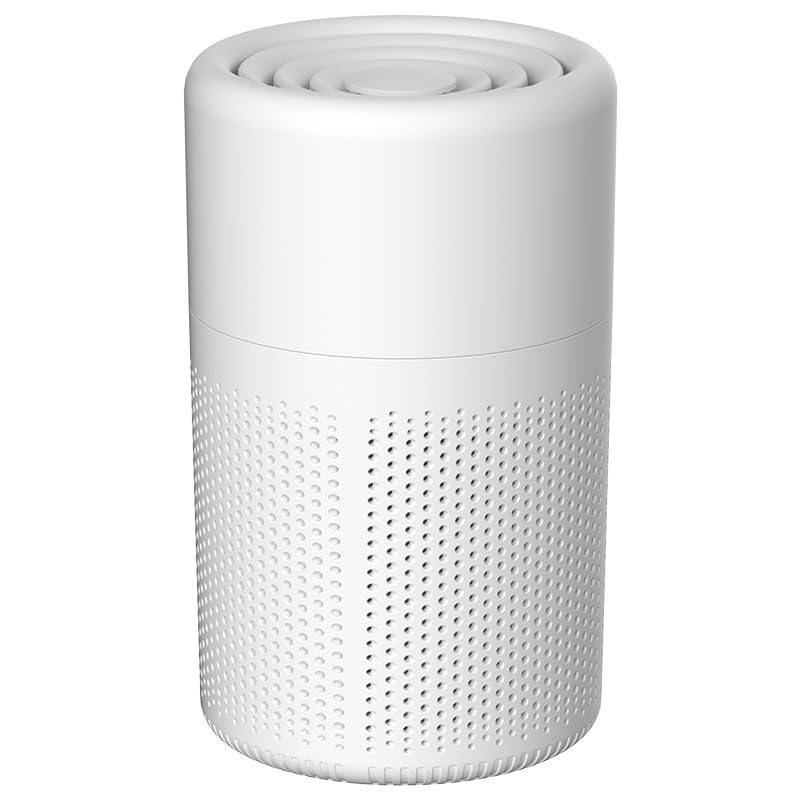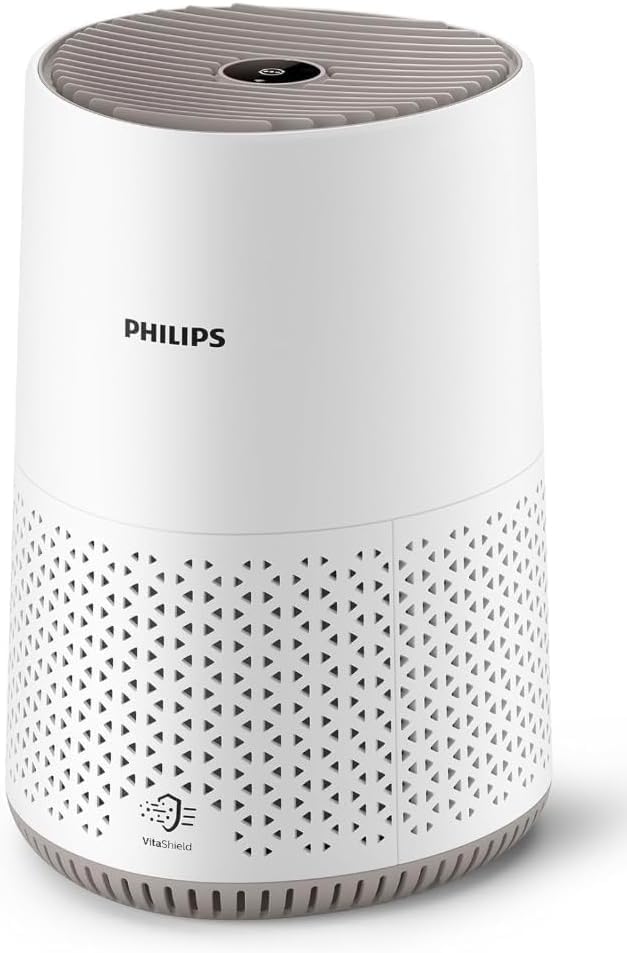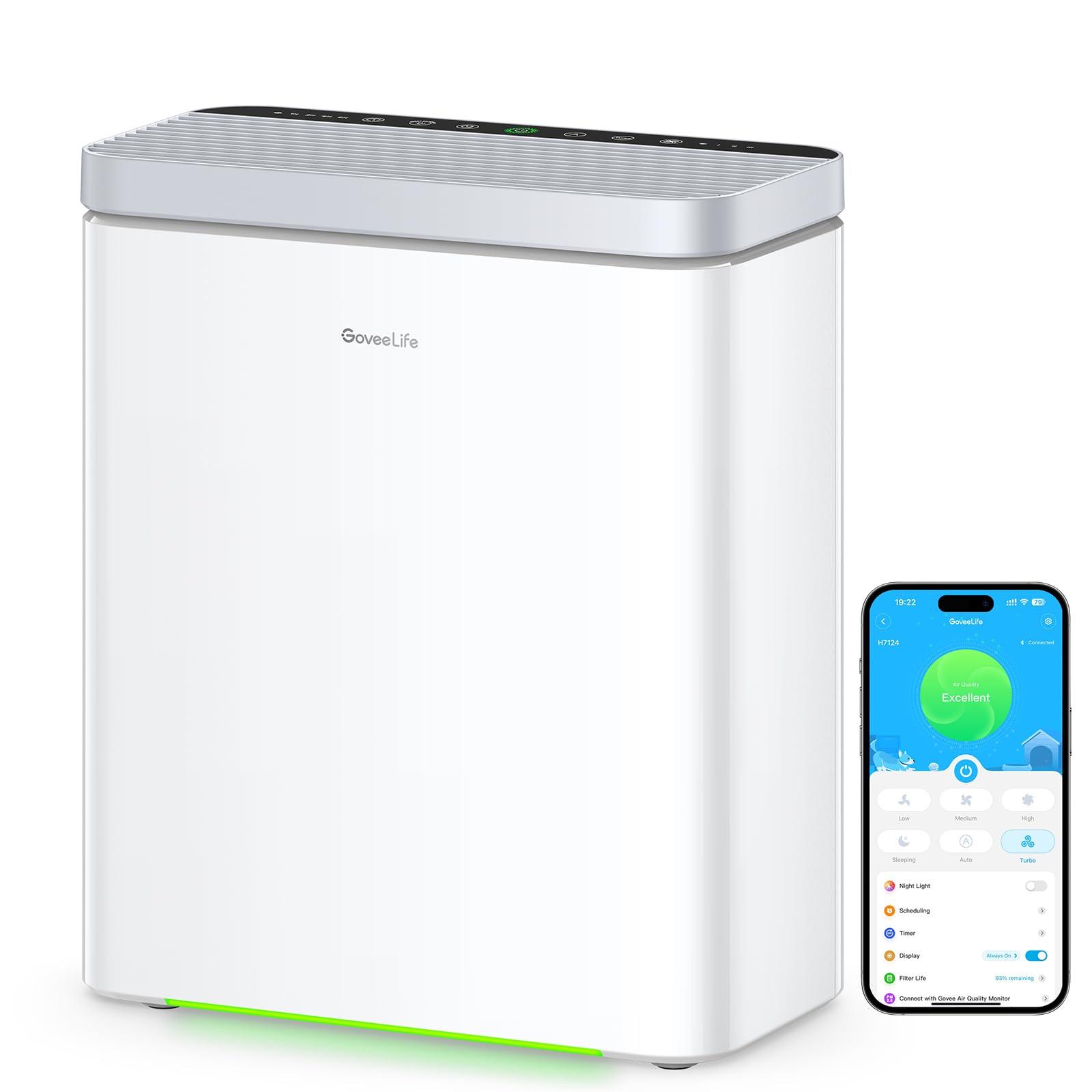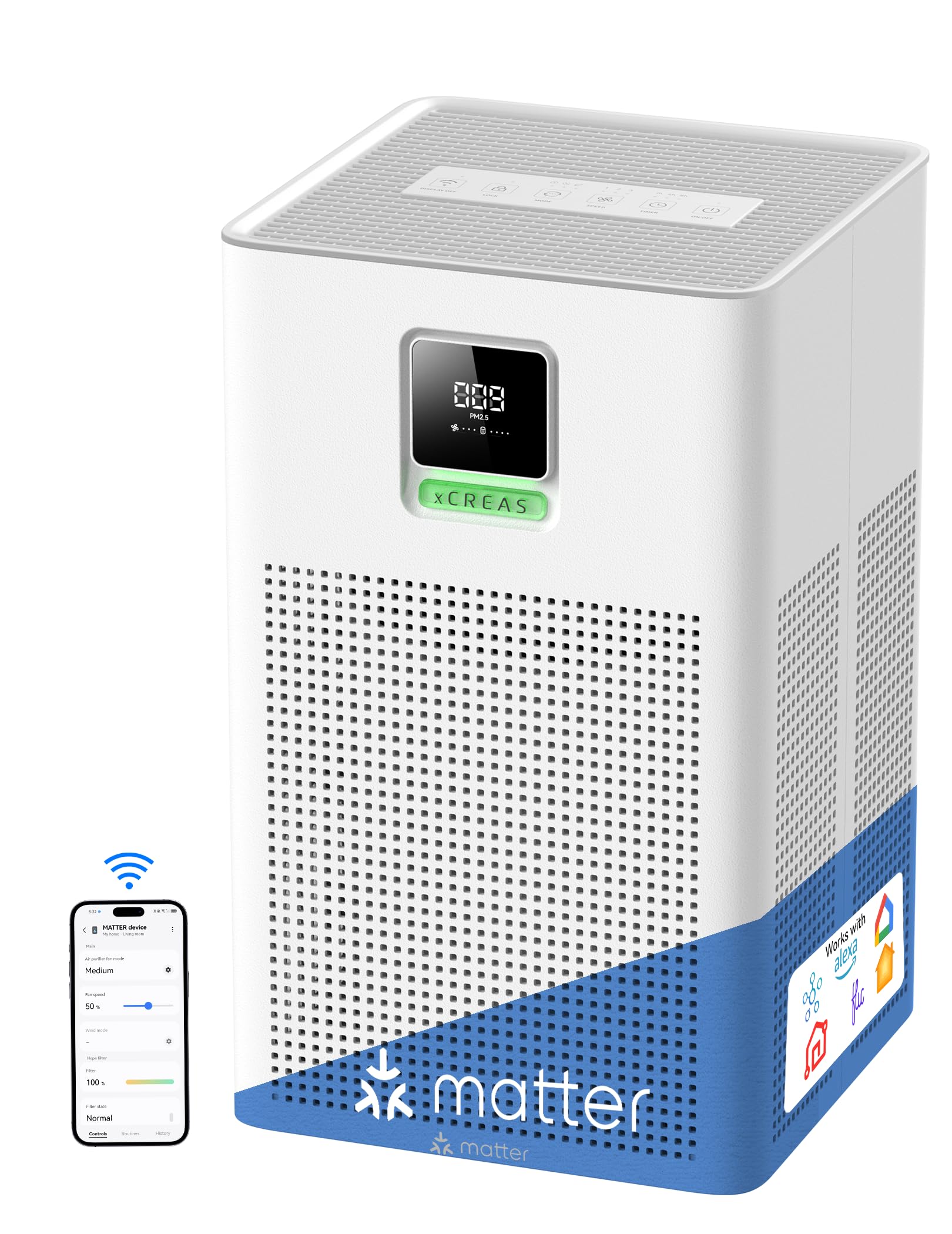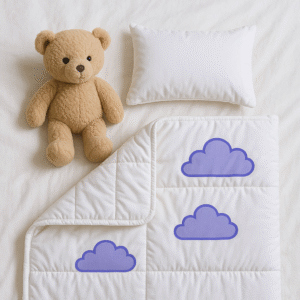Air purifiers improve indoor air quality, but clean filters are what make the difference. Budgeting for replacements is just as important as picking the right CADR. This UK guide explains typical HEPA and carbon lifespans, shows realistic annual costs for bedrooms and living rooms, and shares simple habits that extend filter life without sacrificing clean air.
Cleaner air depends on air purifiers with sealed filters sized to the room.
How long do filters last?
Most HEPA filters in bedroom use last six to twelve months. In living rooms near busy roads, expect shorter life due to higher particle loads. Carbon filters absorb certain gases and odours and can saturate faster, sometimes in three to six months depending on cooking habits and local air. Pre filters catch hair and fluff and should be vacuumed or rinsed regularly so the main filters do not clog prematurely.
Annual cost ranges
Costs vary by brand and filter size. Budget models with small cartridges can be inexpensive per set but need frequent change. Larger models may have pricier filters that last longer. As a rough guide, many UK users spend between twenty and eighty pounds per year on HEPA filters for a bedroom sized purifier, plus the cost of carbon if used. For a living room, expect a little more. The best way to plan is to check current filter prices before buying a purifier and assume one full set per year as a baseline.
Signs a filter needs changing
Persistent odours, higher noise at the same fan speed, and visible dust matting are clear signals. Some purifiers include timers or pressure sensors that estimate life. Treat those as guides rather than absolute rules. If spring pollen spikes or an autumn building project increases dust, you may need an early change. Always follow the brand’s direction on maximum life to avoid running a filter past its useful period.
Extend life without losing performance
Vacuum or rinse the pre filter monthly if the brand allows. Keep the room cleaner with regular dusting so fewer particles reach the purifier. Place the unit away from floor level if hair and fluff are a problem. Avoid running auto mode on very low settings in dusty periods; a short run on a higher speed can clear the room faster and reduce total run time.
Budgeting tips
When comparing purifiers, add a year of filters to the purchase price. Look for multipacks that reduce per filter cost. Some brands offer subscriptions with discounts. Do not be tempted by very cheap third party filters that do not seal properly. A small bypass around the frame can undo most of the filter’s work and give you a false sense of security.
Carbon filters and realistic expectations
Carbon works best for ongoing low level odours when there is enough carbon and enough airflow through it. A very thin carbon pad in a tiny purifier will not fix strong cooking smells in an open plan room. If odours are a key concern, choose a model with a substantial carbon stage and plan for replacements every few months, especially if you cook with spices or fry often.
Purifiers that balance CADR, noise and filter costs appear in air purifiers for UK rooms; where winter humidity is high, a dehumidifier keeps moisture in check.
FAQs
How much will I spend per year on filters?
Plan for one HEPA replacement per year for bedrooms and possibly two in busy living rooms, plus carbon if needed. Expect roughly twenty to eighty pounds per year depending on brand and usage.
Can I extend HEPA life by washing it?
Most HEPA filters are not washable. Washing can damage fibres and reduce efficiency. Clean the pre filter instead and replace HEPA when due.
Are cheaper third party filters worth it?
Only if they seal properly and use genuinely equivalent media. Poor seals create bypass and reduce real performance. Stick with reputable sources.
